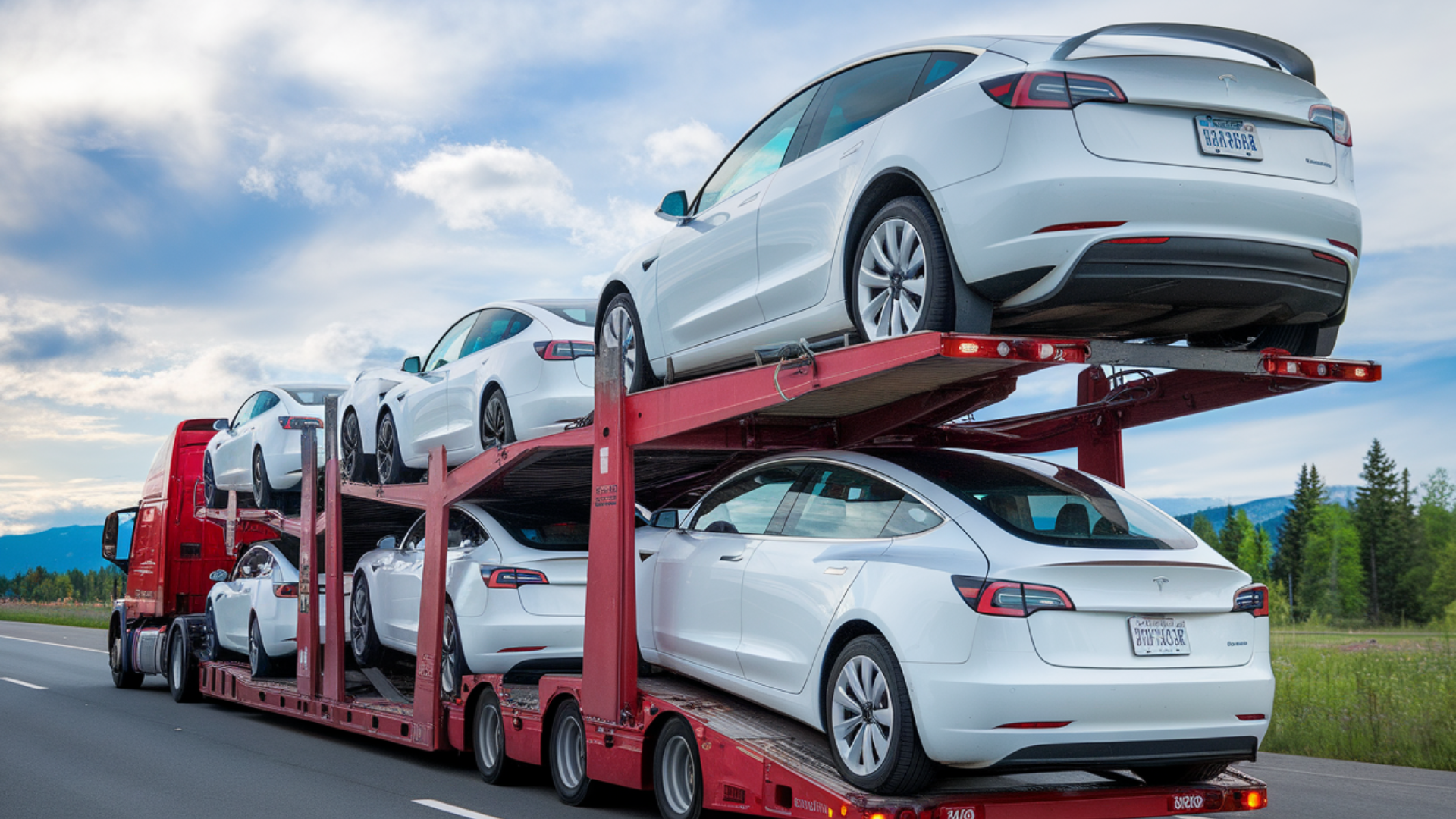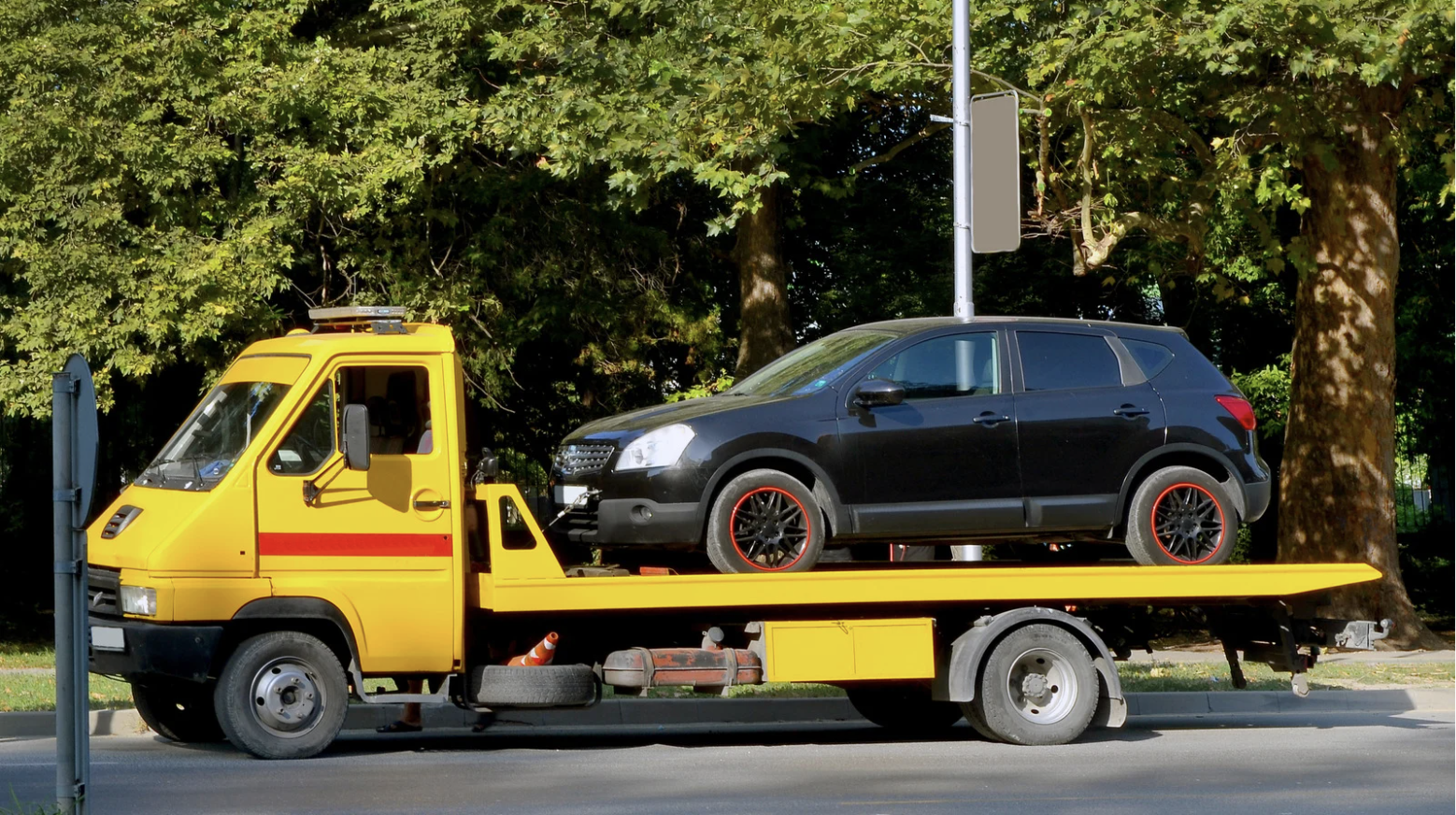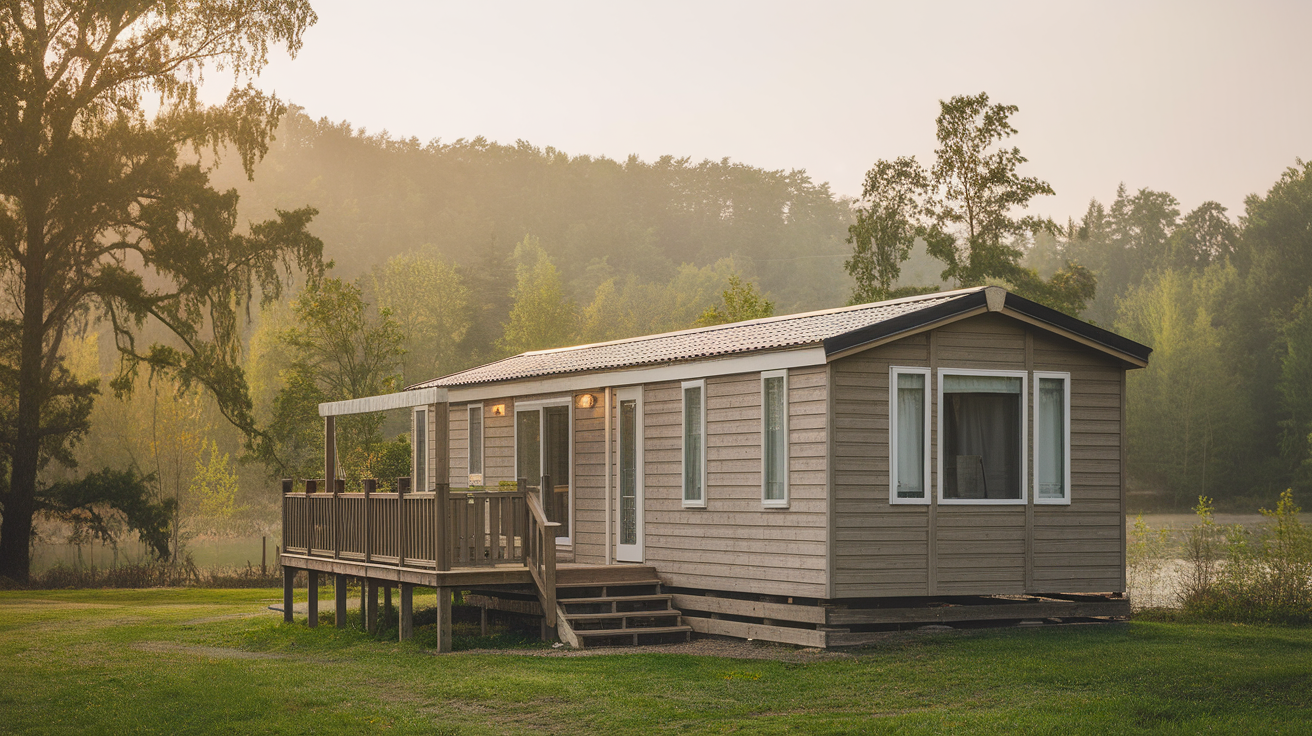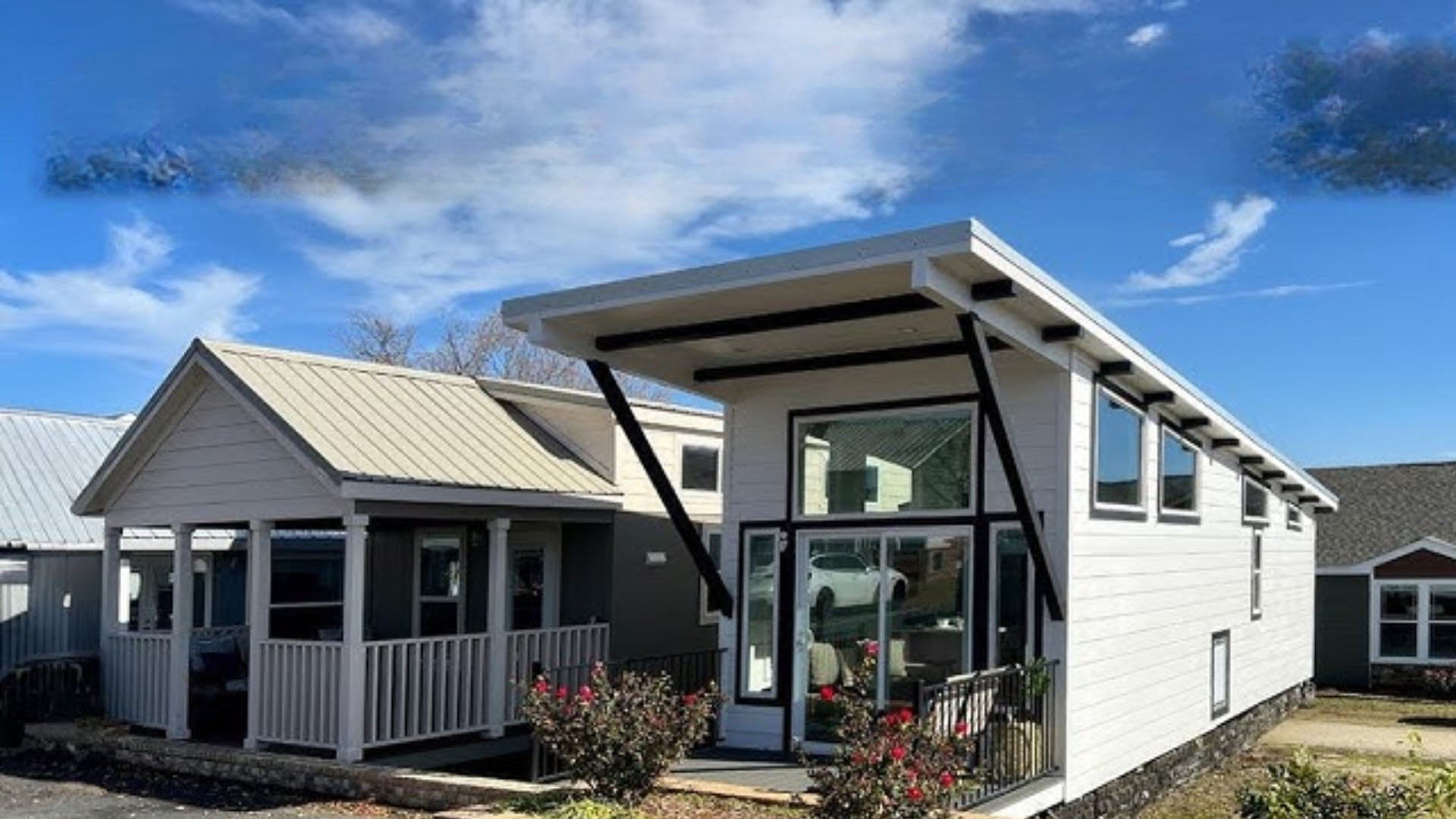Open car transport is the most common method for shipping a vehicle across the country.
Your car rides on a large, two-level open trailer along with several others, which keeps costs lower and scheduling easier.
It’s perfect for everyday cars that don’t need the extra protection of an enclosed carrier.
With open carrier car shipping, the driver loads, secures, and inspects your vehicle at pickup, then delivers it and reviews the condition again at drop-off.
You can even request a top-deck spot for a little extra peace of mind.
I wrote this guide to explain how open transport works, what it costs, and when it makes sense, so you can book confidently and avoid common surprises from start to finish.
What is Open Car Transport?

Open car transport is the most common, budget-friendly way to ship a vehicle. Your car rides on a large, two-level trailer with other cars, exposed to the open air but secured with straps or wheel chocks.
This method is widely available on most routes, which makes pickup and delivery faster and easier to schedule.
It suits daily drivers, dealer moves, and relocations where cost matters more than showroom-level protection.
Drivers complete inspections at pickup and drop-off and note the car’s condition on a Bill of Lading. For extra peace of mind, many shippers request a top-deck position for a fee.
How Open Carrier Car Shipping Works
Open carrier car shipping is a step-by-step process designed to keep vehicles safe and documented. It’s the most common way cars move nationwide.
- Book & confirm – Choose a broker or carrier, share vehicle details, pickup/delivery ZIPs, and dates.
- Pickup inspection – Driver photographs the car and records its condition on the Bill of Lading (BOL).
- Load & secure – Vehicle is winched or driven on, then strapped or wheel-netted; top-deck spots can be requested.
- In transit – Route is planned, updates are shared, and the unit is checked regularly for securement and safety.
- Delivery – The Driver offloads carefully, you compare the car to the BOL, and note any issues before signing.
- Wrap-up – Settle payment and keep the BOL/photos for your records or any needed claims.
When each step is done carefully, most shipments go smoothly. Clear communication and good paperwork protect you from surprise issues.
Open Transport Equipment & Capacity (Specs)
Understanding the basic gear and limits of open car transport makes booking easier and avoids surprises.
| Feature | Typical Details | Why It Matters |
|---|---|---|
| Trailer length | 48–53 ft (most common) | Longer trailers fit more cars, lowering cost per vehicle. |
| Decks/levels | Two-level, open-air design | Allows stacking cars to maximize space and availability. |
| Vehicles per load | ~7–10 cars (size-dependent) | Big SUVs/trucks reduce total spots; compacts increase them. |
| Width | ~102 in (standard) | Sets ramp and lane clearance expectations. |
| Max vehicle height | ~84–90 in (7–7.5 ft) | Tall vans/lifted trucks may need special routing or enclosed. |
| Weight limits | Up to 80,000 lb gross (legal) | Heavier loads change spacing and route plans. |
| Tie-down methods | Wheel nets/straps, soft loops | Securement protects wheels and suspension from damage. |
| Top-deck option | Small upcharge (when available) | Reduces exposure to road spray and fluids from above. |
| Low-clearance cars | May need race ramps/winch | Prevents scraping; add this note when booking. |
| Inoperable vehicles | Winch required (fee) | Driver must load safely without engine power. |
| Extra stops | Each stop adds time/cost | Multi-pickup or delivery changes scheduling and pricing. |
Exact specs can vary by trailer type, route, and the mix of vehicles on the load. Share your car’s year, model, height, and any mods so the carrier can plan a safe, cost-effective spot.
Pickup, Delivery & Service Types in Open Carrier Shipping

I like to keep this part simple because it’s where most questions pop up. These details explain what you can expect when arranging pickup and delivery with an open carrier.
1. Door-to-Door vs. Terminal-to-Terminal
Door-to-door service means the driver will meet you as close to your address as the truck can safely reach. If the streets are narrow or restricted, you may need to meet at a nearby wide road or parking lot.
Terminal-to-terminal service can sometimes be cheaper, as you drop off and pick up your car at a carrier’s facility, but it may add a few extra days for storage and coordination.
Both options are common in open carrier car shipping, so the choice comes down to cost, timing, and convenience.
2. Residential vs. Business Addresses
Residential and business addresses also play a role.
Residential home addresses are usually fine for pickup and delivery if the truck can safely access the area, but gated communities, low trees, and steep hills may require meeting at a nearby spot.
Business addresses often make things easier with wider drives and set receiving hours. Always share any access limits with your carrier early so the driver can plan accordingly.
3. Scheduling Windows & Driver ETAs
Scheduling is another factor to understand. Most bookings provide a pickup window instead of an exact time, since drivers must plan around traffic, weather, and other stops.
You’ll usually get a call or text before arrival, so keeping your phone handy is important. Flexibility is key to avoiding stress during the process.
4. Inspections, Photos & the Bill of Lading (BOL)
Inspections and paperwork are just as important. At pickup, the driver will note the vehicle’s condition on the Bill of Lading (BOL) and take photos.
It’s a good idea to walk around the car together, point out any marks, and take your own pictures. At delivery, compare the car to the original notes before signing.
This documentation protects both sides and speeds up any claim process if needed.
5. Add-On Services: Top-Load, Inoperable, and Expedited
Finally, some add-on services can be requested. A top-load option places your car on the upper deck to reduce exposure to road debris or fluids.
Inoperable vehicles can be shipped too, but they require a winch and usually cost extra. Expedited service is available if you need faster pickup or delivery, but it comes at a premium.
Ask about these options during booking so the carrier can plan the right equipment and schedule.
Costs & Pricing for Open Car Transport
Open carrier shipping is one of the most affordable ways to move a vehicle, but prices vary based on distance and vehicle type.
| Trip Type / Factor | Estimated Cost Range | Notes |
|---|---|---|
| Short hauls | $1.25 – $2.00 per mile | Higher per-mile due to setup costs |
| Long hauls (~1,000 mi) | $900 – $1,200 total | Based on a standard sedan |
| Cross-country | $1,200 – $1,800 total | Coast-to-coast with a standard sedan |
| Large SUVs / trucks | +$75 – $200 extra | Added for size and weight |
| Top-deck request | +$75 – $150 | Reduces exposure to road debris |
These numbers are averages, but they give a clear picture of what to budget for open car shipping. Factors which may affect cost include:
- Distance and route – Long trips often cost less per mile; busy lanes are cheaper than remote routes.
- Vehicle size/weight – Big SUVs, trucks, and roof racks take more space and may raise the price.
- Pickup/delivery locations – Tight city streets or rural roads increase time and cost.
- Timing – Flexible dates are cheaper; expedited or guaranteed windows cost more.
- Season/demand – Snowbird season, holidays, and extreme weather push prices up.
- Vehicle condition – Inoperable cars need a winch and extra time (added fee).
- Extras – Top-deck spots, extra stops, and special handling add to the total.
Money-saver tips: Be flexible on dates, avoid last-minute bookings, choose common routes, and give accurate vehicle details.
Pros & Cons of Open Transport
Open transport is the most common way to ship a car because it’s simple and affordable. Still, it has trade-offs worth knowing before you book.
| Aspect | Pros | Cons |
|---|---|---|
| Cost | Lowest price per vehicle | Add-ons (top-load, extra stops) increase the total |
| Availability | Most trucks and routes, faster scheduling | Pickup/delivery given as windows, not exact times |
| Capacity | Carries 7–10 cars, efficient for long lanes | Large SUVs/lifted vehicles can limit spots |
| Protection | Safe for daily drivers; secure tie-downs | Exposed to weather and road debris (cosmetic risk) |
| Flexibility | Works for door-to-door or terminal service | Tight streets may require a nearby meeting point |
| Options | Top-deck reduces exposure from above | Not ideal for classics, exotics, or show cars |
| Process | Clear inspections with a Bill of Lading | Insurance limits vary – verify coverage first |
Open transport fits most everyday cars at a fair price and with broad coverage. For rare or high-value vehicles, consider enclosed shipping for extra protection.
How to Prepare Your Vehicle for Open Car Transport
Here’s a simple checklist you can use to get a car ready so pickup and delivery go smoothly:
- Wash and photograph the car (all sides, close-ups, odometer); save clear, time-stamped pics.
- Remove personal items (bags, tools, chargers) and take off toll tags/parking passes.
- Fuel at ~¼ tank; charge the battery; note if the car is inoperable so a winch can be planned.
- Check for leaks and fix or tell the carrier; leaks can delay loading.
- Fold mirrors, lower or remove antennas, and take off loose add-ons like bike racks.
- Set tire pressure, disable alarms, and leave one working key for the driver (keep a spare).
- Document current damage with the driver on the Bill of Lading (BOL) at pickup.
- Share height/ground clearance; ask for race ramps if the car sits low.
- Confirm access: wide street, no low trees; agree on a nearby meeting spot if needed.
Is Open Car Transport Right for You?
Open car transport is a good fit if you want a budget-friendly, widely available way to ship a regular vehicle.
Your car rides on a two-level, open trailer with others, which keeps costs low and pickup dates flexible.
It’s ideal for daily drivers, used cars, dealer purchases, and relocations where minor exposure to weather is acceptable.
Choose open shipping if you value speed, network coverage, and clear inspections at pickup and delivery.
Skip it if you have a classic, exotic, or freshly restored car that needs extra protection, or if ground clearance is low. In those cases, consider enclosed transport.
Conclusion
Open car transport offers a smart mix of cost, speed, and availability for most vehicles.
I’ve seen how proven equipment, inspections, and broad carrier networks make the process simple without adding unnecessary costs.
Still, every shipment is different; your car’s value, condition, and timeline should guide the choice. For daily drivers, open carriers usually work best, while enclosed transport is safer for rare or high-value cars.
I always suggest requesting a written quote with insurance details and pickup windows so there are no surprises.
If you want more practical advice on car shipping options, pricing, and preparation, read my other blogs for insights that help you book with confidence.















